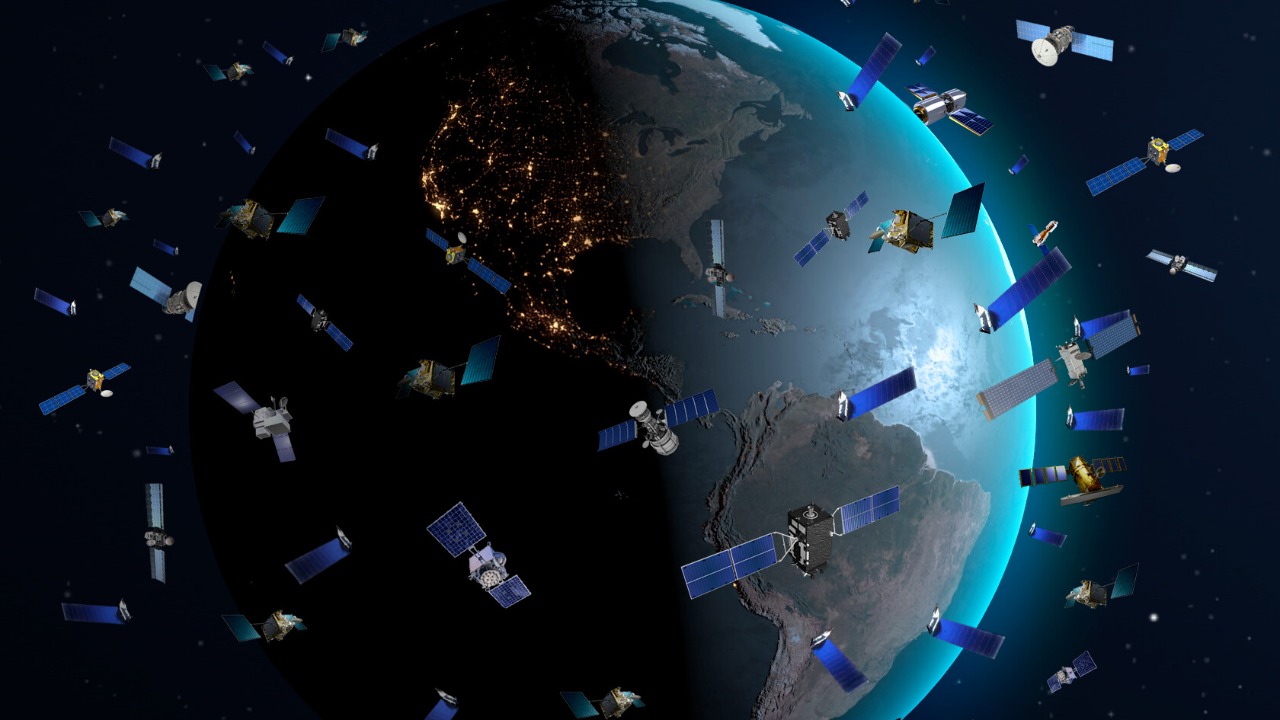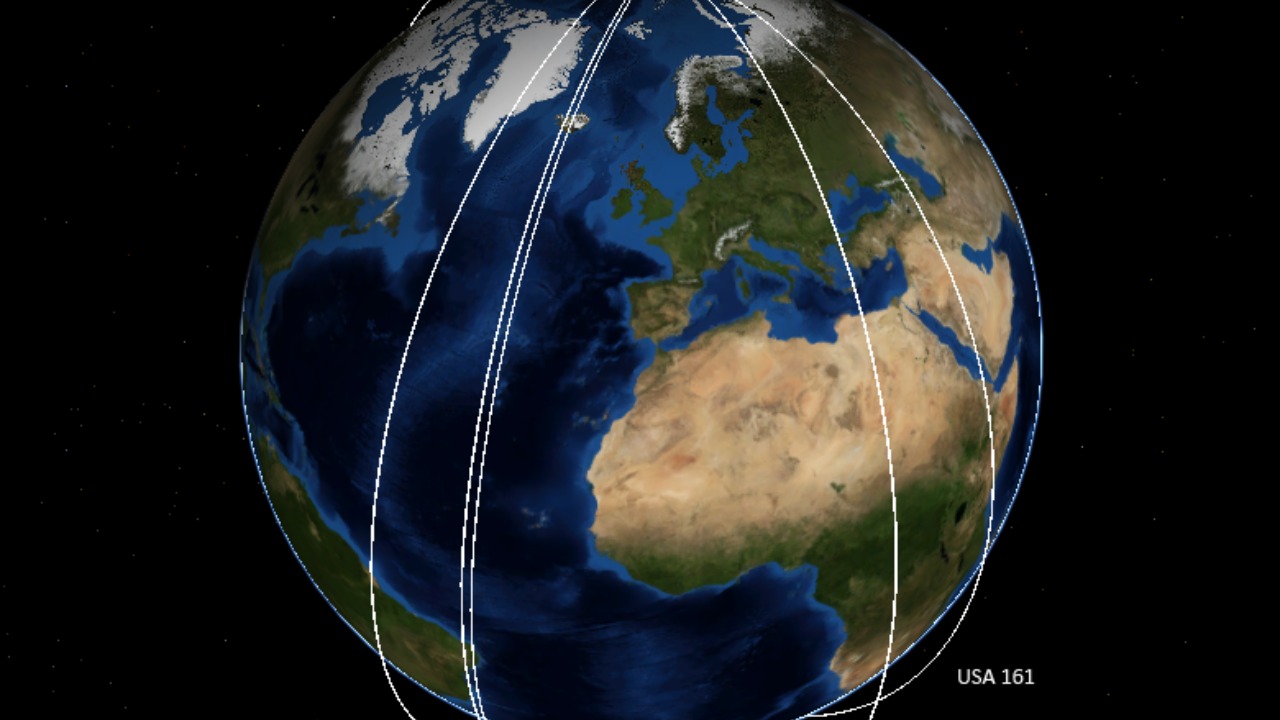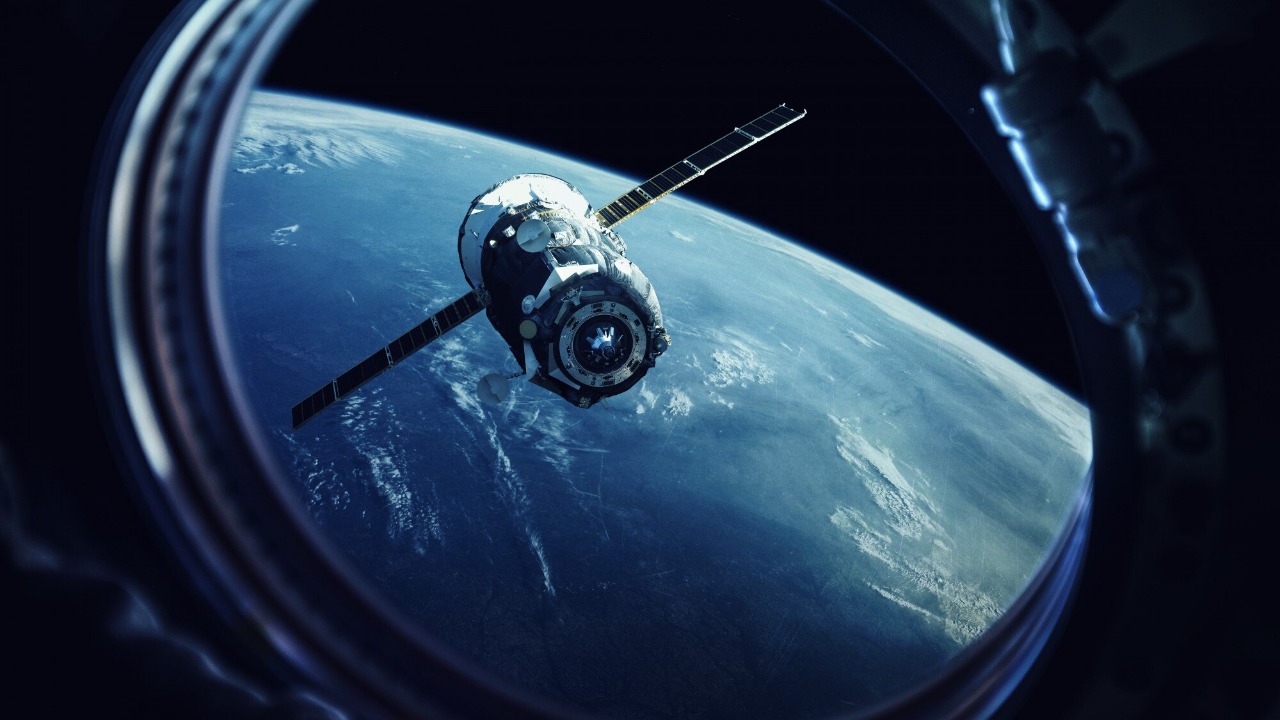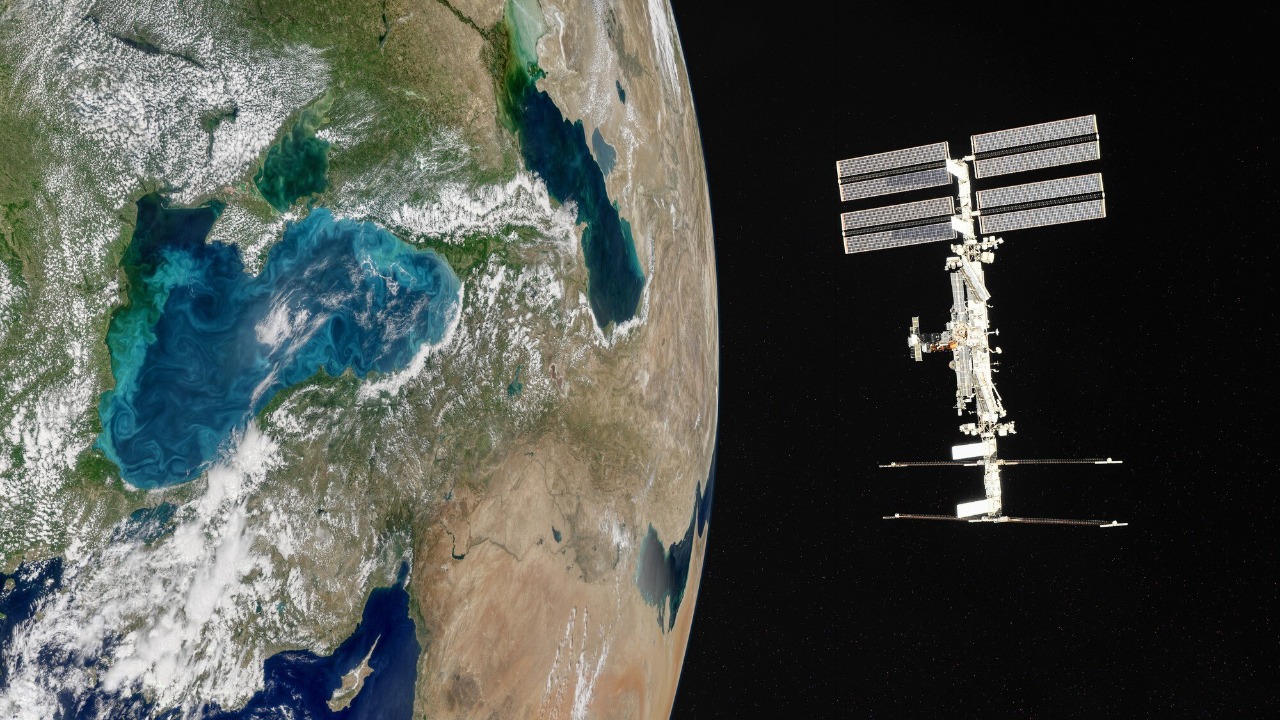
The rapid proliferation of satellite mega-constellations is raising global concerns, highlighted by a call from 120 top astronomy researchers urging the FCC to investigate the potential impacts of SpaceX’s Starlink satellites. The risks associated with these constellations extend from Low Earth Orbit to the Earth’s atmosphere and surface. As strategic competition intensifies, the implications for national security and space governance become more pronounced.
The Environmental Impact on Space and Earth

Satellite mega-constellations pose significant risks in Low Earth Orbit (LEO), primarily due to the increased potential for collision hazards and the accumulation of space debris. According to a study, the sheer number of satellites being launched into LEO could exacerbate the already critical issue of space debris, which threatens both operational satellites and future space missions.
Beyond the immediate vicinity of Earth, these constellations also have the potential to alter atmospheric conditions. Research published in Scientific Reports highlights concerns about changes to atmospheric density and chemical composition, which could have far-reaching effects on climate and weather patterns. On the ground, the proliferation of satellites is impacting astronomical observations, as the increased light pollution from these satellites interferes with the ability of astronomers to study the night sky.
The potential for collisions in space is not just a theoretical concern; it has practical implications for the safety and sustainability of space operations. As more satellites are launched, the risk of collisions increases, potentially leading to a cascade effect known as the Kessler Syndrome, where the density of objects in LEO is high enough that collisions between objects could cause a chain reaction, exponentially increasing the amount of space debris. This scenario could render certain orbits unusable and jeopardize future space missions. Furthermore, the increased presence of satellites in LEO can interfere with the natural orbital paths of celestial bodies, complicating efforts to track and study them.
On Earth, the environmental impact of satellite mega-constellations extends to the potential for increased atmospheric drag, which can alter satellite trajectories and reduce their operational lifespans. The re-entry of defunct satellites and debris can also lead to pollution in the upper atmosphere, releasing metals and other materials that could affect atmospheric chemistry. This, in turn, might influence climate patterns, although the full extent of these effects remains a subject of ongoing research. The interference with astronomical observations is particularly concerning for the scientific community, as it hampers the ability to conduct research on distant galaxies and other celestial phenomena, potentially delaying scientific discoveries.
Strategic and Competitive Concerns

The deployment of LEO satellite constellations is intensifying strategic competition among nations. The International Institute for Strategic Studies notes that these developments are reshaping national security priorities, as countries vie for dominance in space-based technologies. The ability to deploy and manage large constellations of satellites is becoming a critical component of national defense strategies.
Proliferated commercial satellite constellations also have significant implications for national security, particularly in the realms of surveillance and communications. As detailed in a report by NDU Press, the capabilities provided by these constellations could enhance or undermine national security, depending on how they are utilized. Additionally, the rapid expansion of these networks raises concerns about space governance and regulation, as more players enter the field without a comprehensive framework to manage their activities.
The strategic implications of satellite mega-constellations are profound, as they offer the potential to revolutionize global communications and surveillance capabilities. Countries with advanced satellite networks can achieve superior intelligence-gathering capabilities, enhancing their military and strategic advantages. This has led to a new kind of space race, where nations are not only competing for technological superiority but also for the ability to control and influence global information flows. The ability to disrupt or disable these networks could become a critical component of future conflicts, making the security of these systems a top priority for national defense strategies.
Moreover, the commercial aspect of these constellations cannot be overlooked. Companies like SpaceX are at the forefront of this technological revolution, pushing the boundaries of what is possible in space technology. However, this rapid expansion also raises questions about the regulatory frameworks needed to ensure that these developments do not lead to monopolistic control over space-based services. The lack of international consensus on space governance further complicates these issues, as different countries may have conflicting interests and priorities when it comes to the deployment and management of satellite networks.
Calls for Regulatory Oversight and Research

In response to these growing concerns, a significant push from 120 top astronomy researchers demands that the FCC study the impact of satellite mega-constellations, particularly SpaceX’s Starlink. This call to action, as reported by PIRG, underscores the urgent need for regulatory bodies to assess and mitigate the environmental and strategic impacts of these constellations.
Researchers emphasize the necessity for comprehensive studies on the environmental impact of these constellations, advocating for a more informed approach to their deployment. As highlighted in the Scientific Reports article, understanding the full scope of these impacts is crucial for developing effective regulatory frameworks. Regulatory bodies are urged to develop frameworks to manage the safe expansion of satellite networks, ensuring that the benefits of these technologies do not come at the expense of environmental and strategic stability.
The call for regulatory oversight is not just about mitigating environmental impacts; it is also about ensuring that the benefits of satellite mega-constellations are equitably distributed. As these networks expand, there is a risk that they could exacerbate existing inequalities in access to information and technology. Regulatory bodies are encouraged to consider the social and economic implications of these technologies, ensuring that they contribute to global development rather than reinforcing existing disparities. This includes addressing concerns about data privacy and security, as the vast amounts of data collected by these satellites could be misused if not properly regulated.
Furthermore, the push for more research is driven by the need to understand the long-term impacts of these constellations on both the environment and society. Researchers are calling for interdisciplinary studies that bring together experts from fields such as astronomy, environmental science, and international relations to develop comprehensive strategies for managing the growth of satellite networks. By fostering collaboration between scientists, policymakers, and industry leaders, it is hoped that a balanced approach can be achieved, one that maximizes the benefits of these technologies while minimizing their potential downsides.